I am really appreciating having multiple diverse sources of fat in my diet. The great thing about having rendered fat for cooking is that it is local and sustainable. It means there is less cooking oil that I have to purchase from the store, which means less need for industrial monocultures and a lower carbon footprint. Rendering my own fat helps me have more connection with the food that is on my plate. Since cooking oil and fat are staples in my diet and my kitchen, it is really exciting to me that I am learning how to source local fat and render it into a shelf stable format for cooking!
This is my second experience in rendering fat and it turned out quite well!
Last time I posted about rendering lard from pig fat. Today I want to share with you how I rendered tallow from sheep fat.
In this case I had about a gallon and a half of sheep fat in my freezer. I helped my friends by skinning and eviscerating several sheep before they sent it off to the butcher for USDA processing for their customers.
Most of the sheep I worked with were lambs, but one older yearling was larger and had quite a bit of fat. I left all of the fat that was lining the carcass and back attached to the meat. However, there was quite a bit of fat around the stomach and intestines that I was able to separate out and glean for myself. It came out to a gallon and a half or 8.4 pounds.
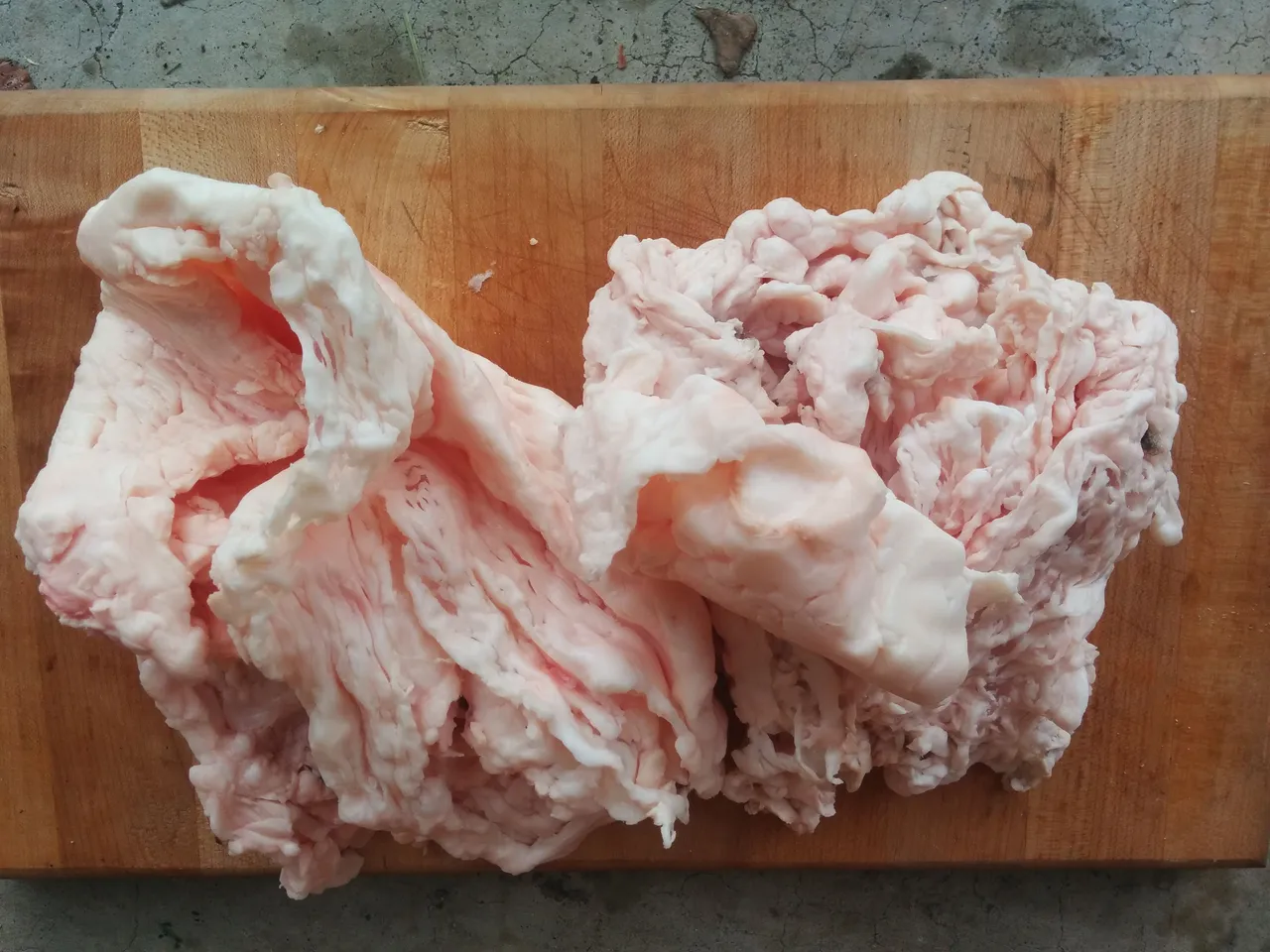
Here is some of the fat and I am starting to chop it into small chunks 1/4"-1/2" approximately.
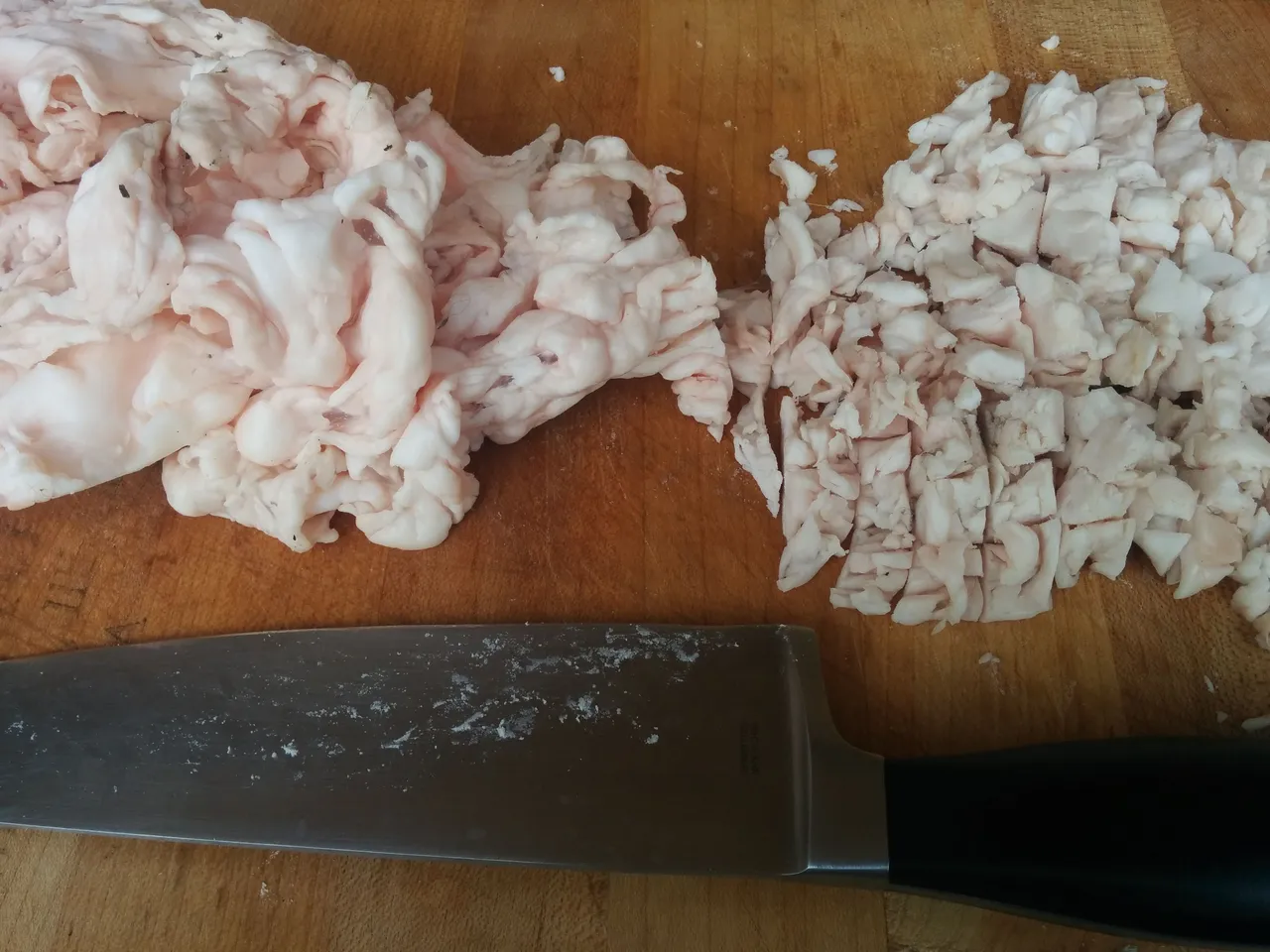
The intestinal fat is different than the fat on the back and sides of the animal. You can unfold it and it is almost a webbed fabric... how interesting!
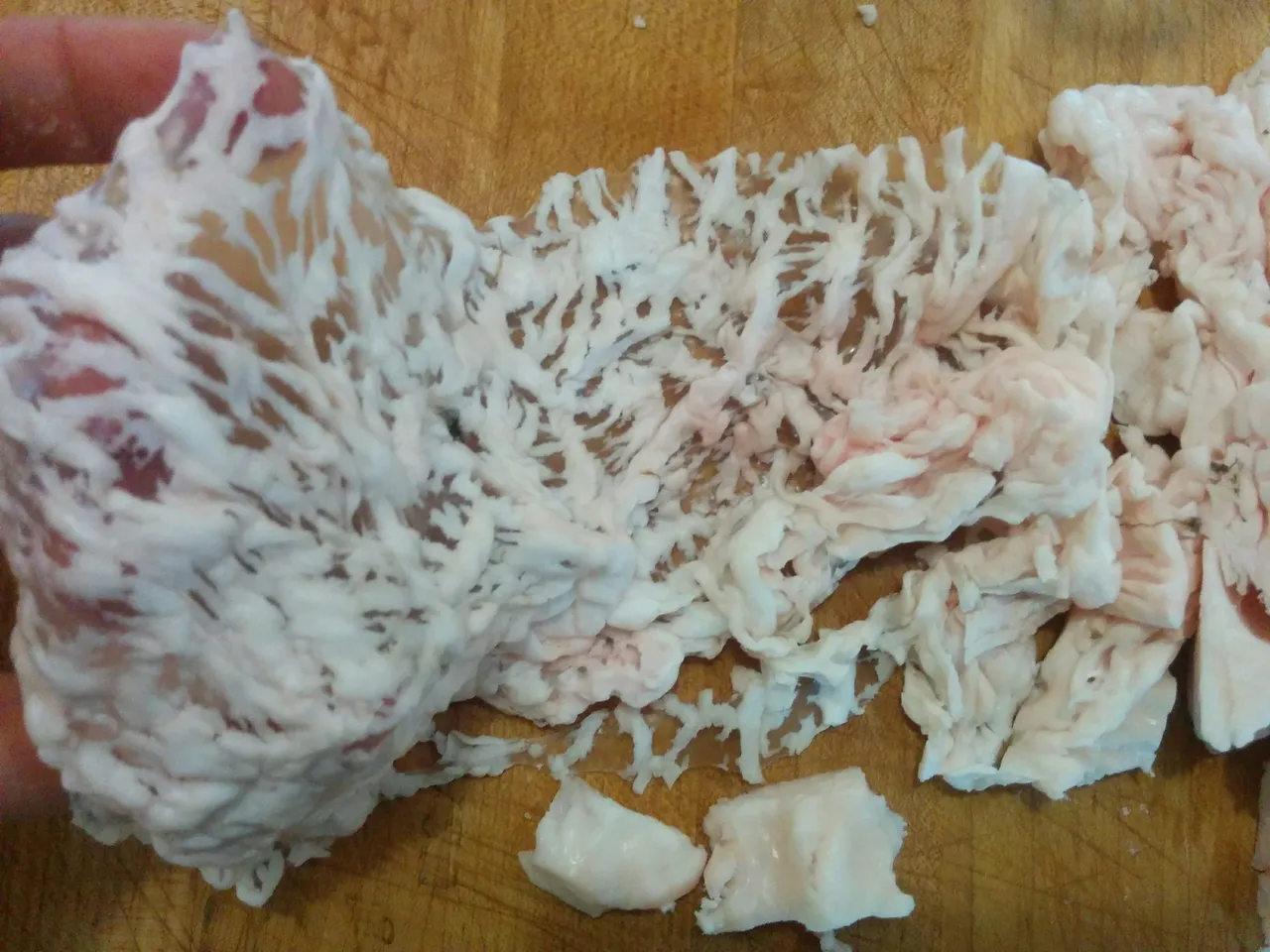
I put all of the chopped fat into a pot.
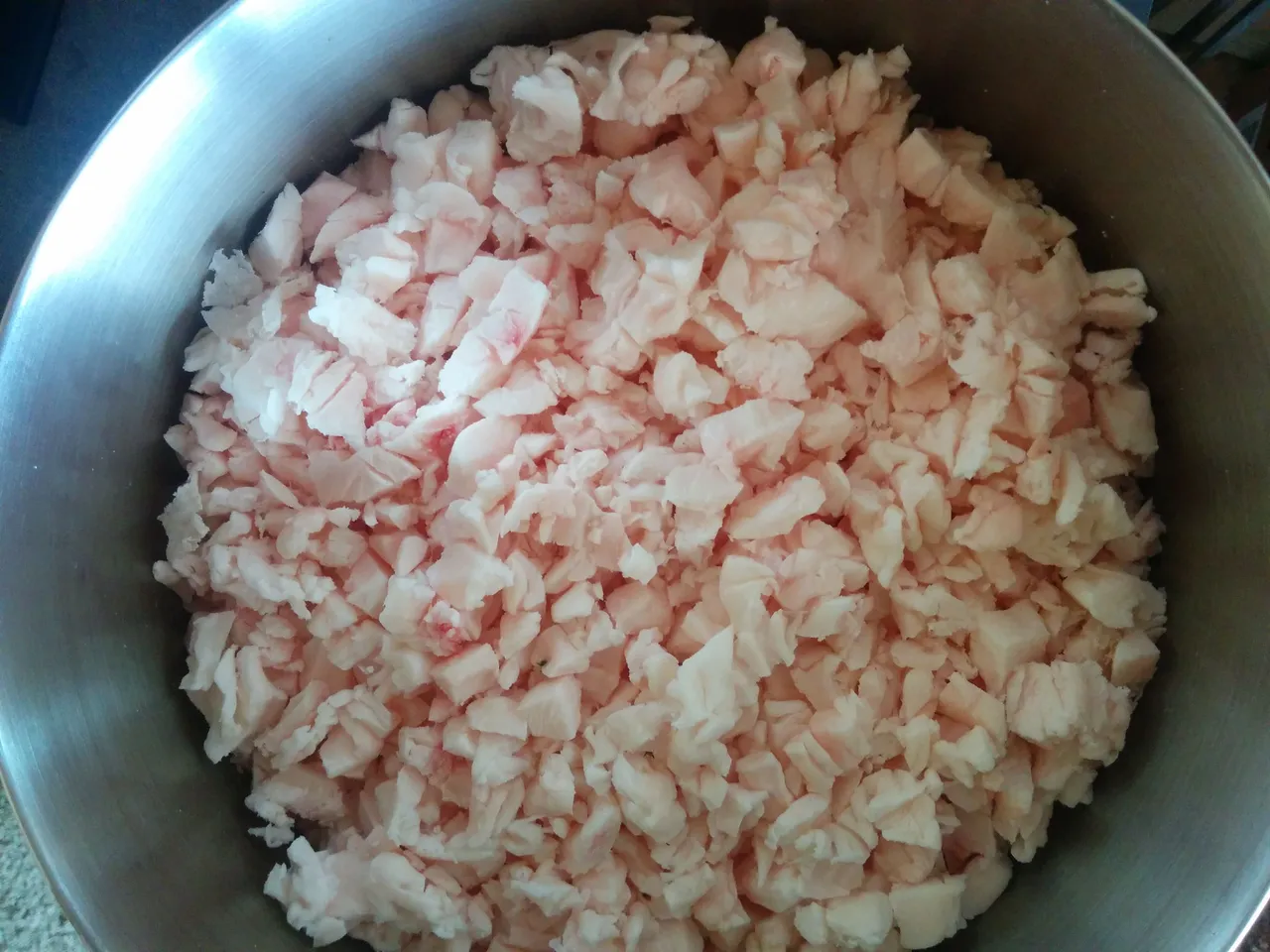
And the pot is set on the back of the wood stove on top of a trivet to keep it from scorching. Rendering fat is best done at a low temperature. If you aren't using a wood stove you can also render fat in a crock pot or in the oven on the lowest setting.
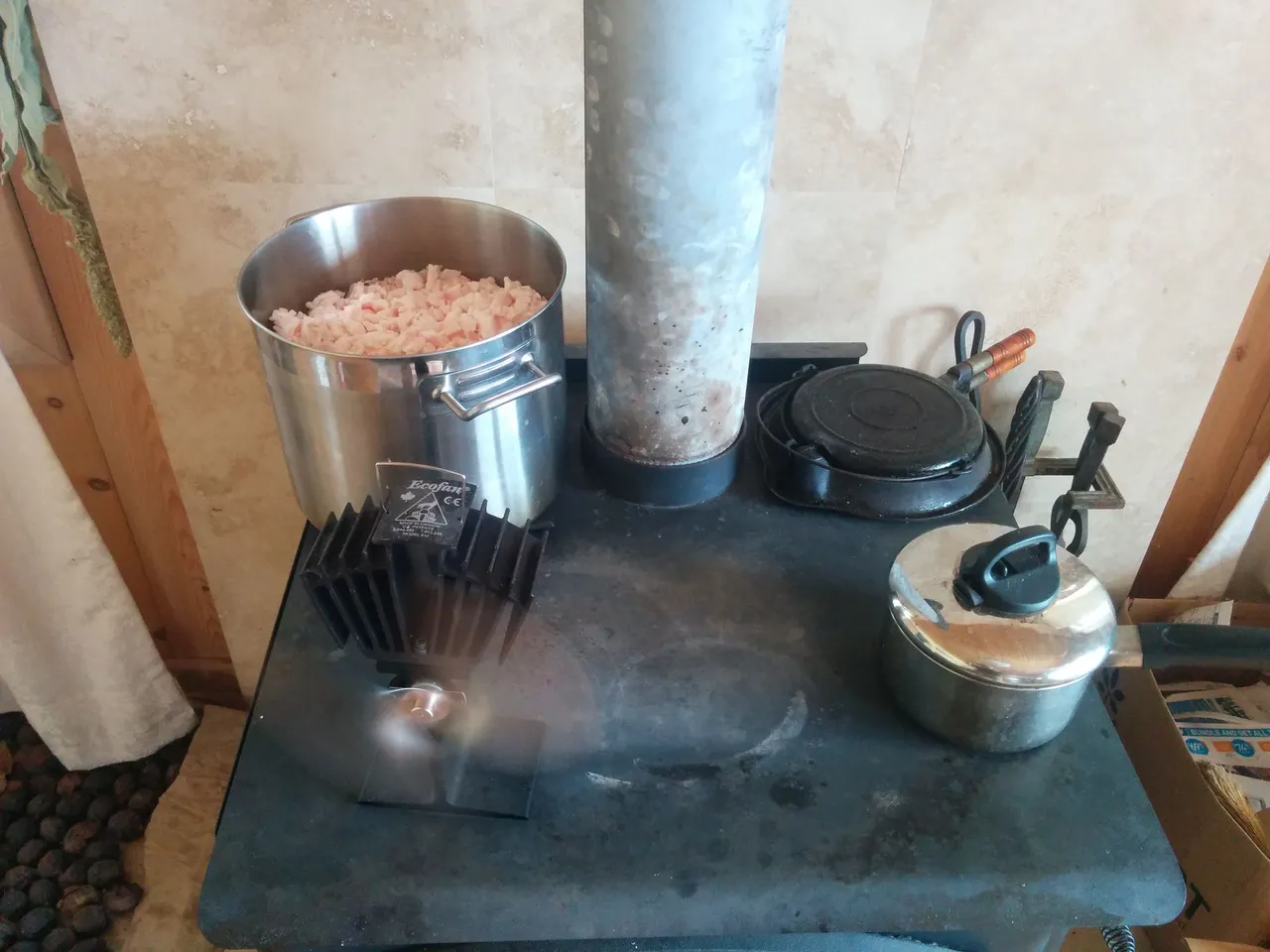
After a few hours the fat starts to melt off or render. I stir the fat every so often to get an even rendering.
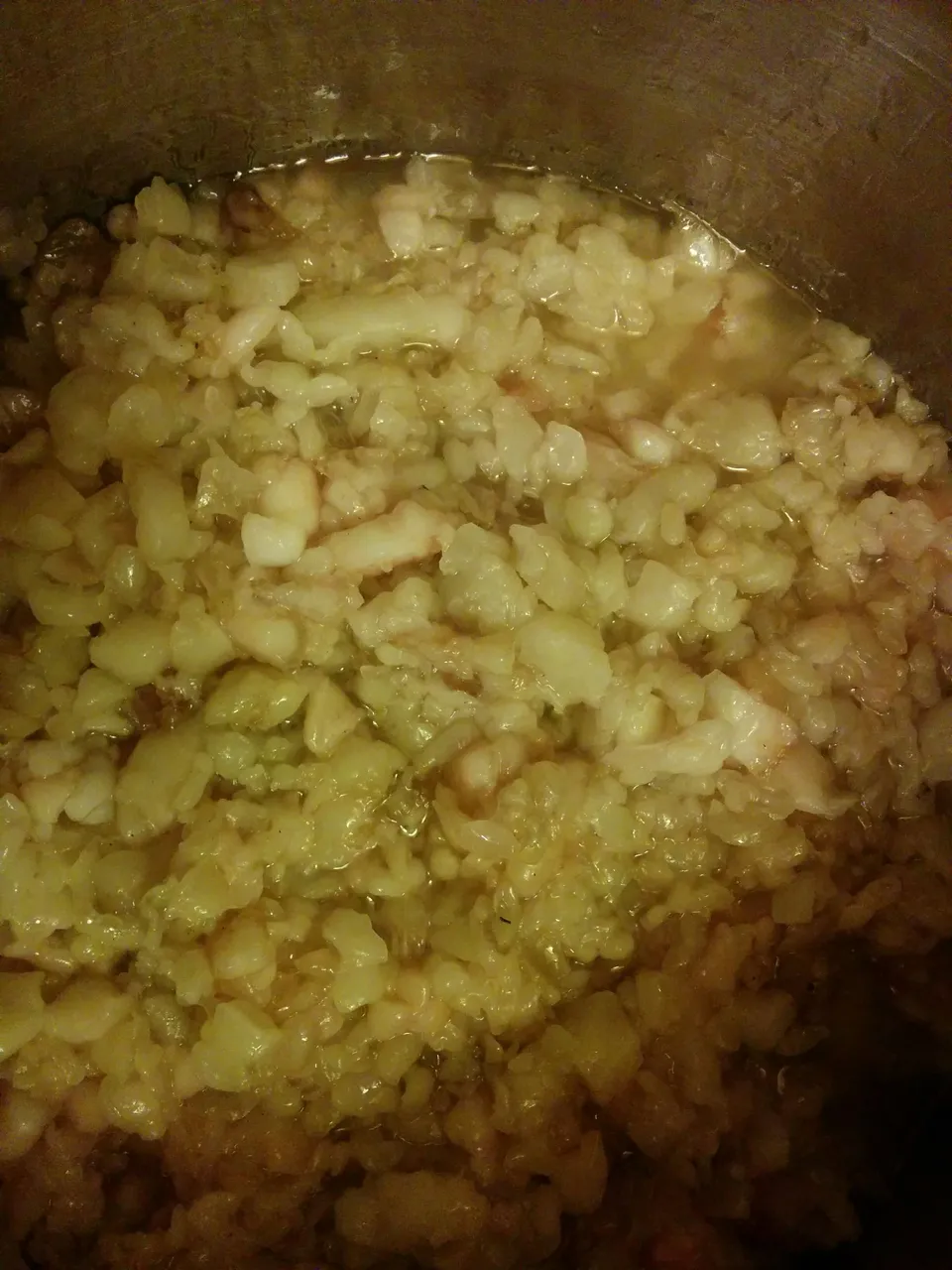
This is a slow process and we aren't burning the stove super hot since it isn't as cold as it was a few weeks ago. So the rendering process is taking several days. In the morning the stove is cool and the fat congeals. No problem, start up the stove again and rendering continues.
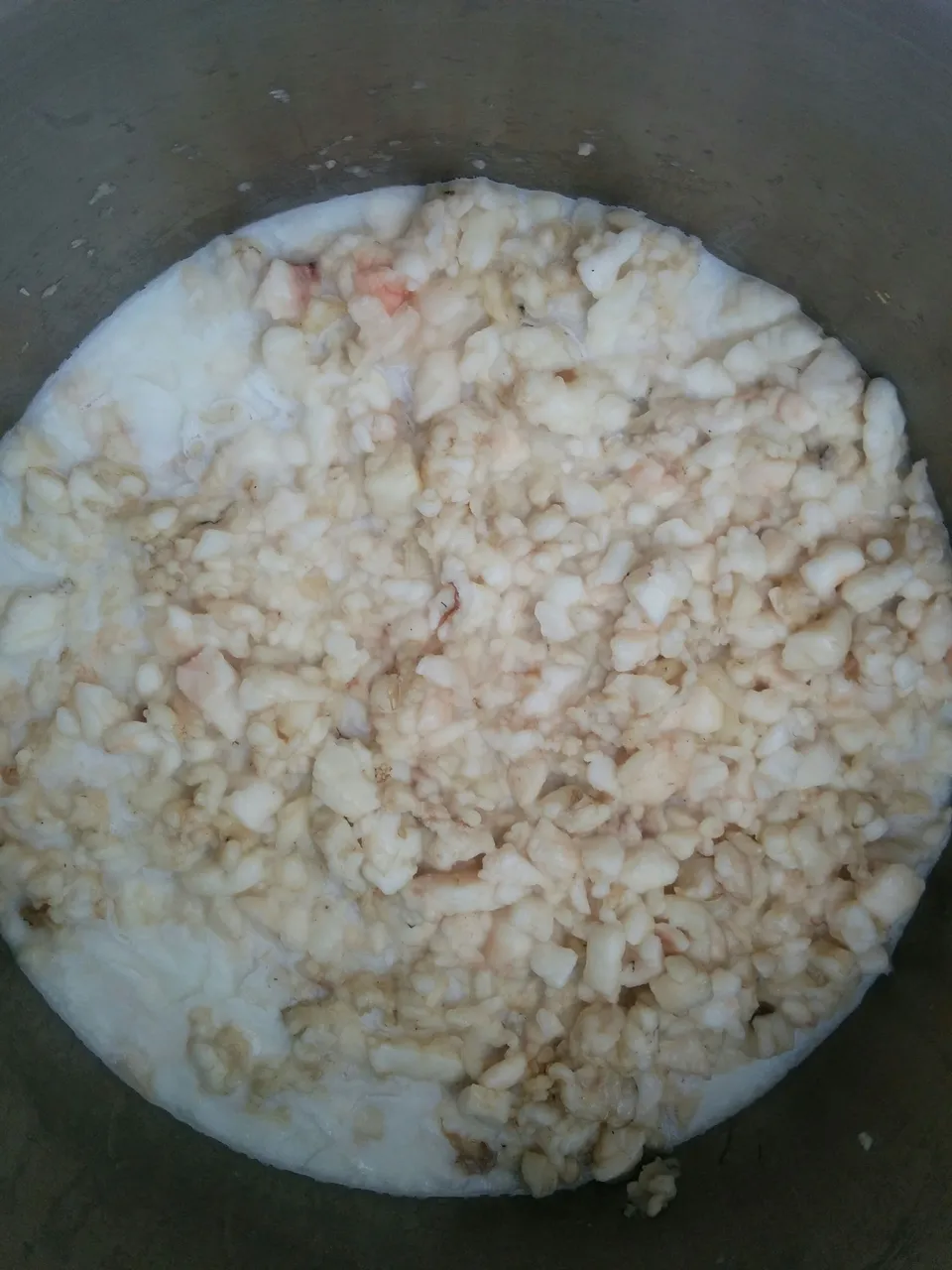
After some time the fat melts more.

And finally it melts down to the point I am happy with. Some of the pieces of fat are starting to brown and I feel that I am at a place I am happy with the amount of tallow I have rendered. I could probably get some more tallow if I was more patient, but it has already been several days and this is quite a good amount.

I strained the tallow out of the remaining fat over a container, using an old scrap of tshirt. Several layers of cheesecloth could do the trick too. I used this method in straining the pig lard and it worked well.
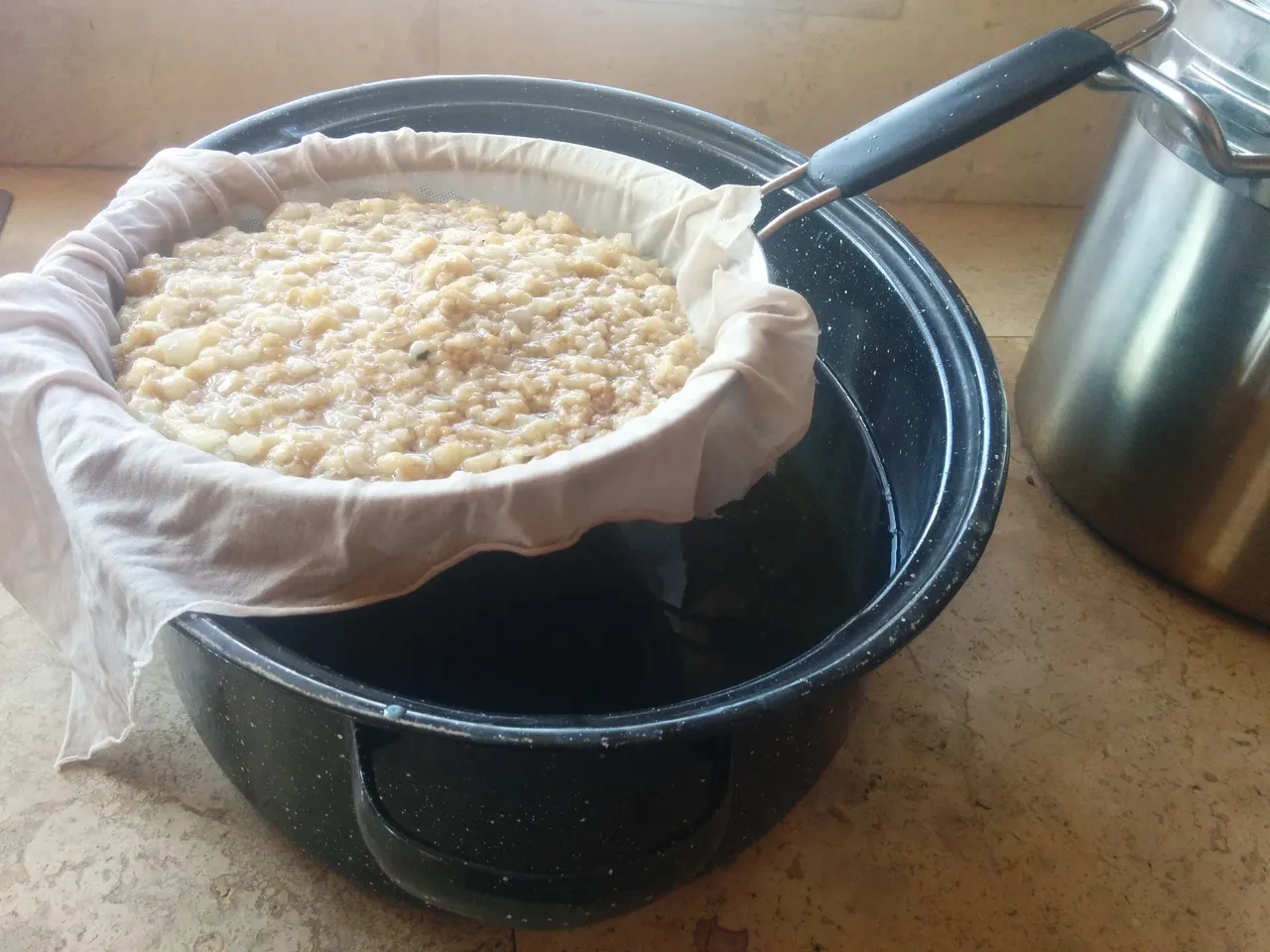
I ended up stirring it, shaking it and doing a bit of squeezing with the cloth to get some more out. The remaining fat was fed to the chickens with other scraps and they gobbled it up!!!
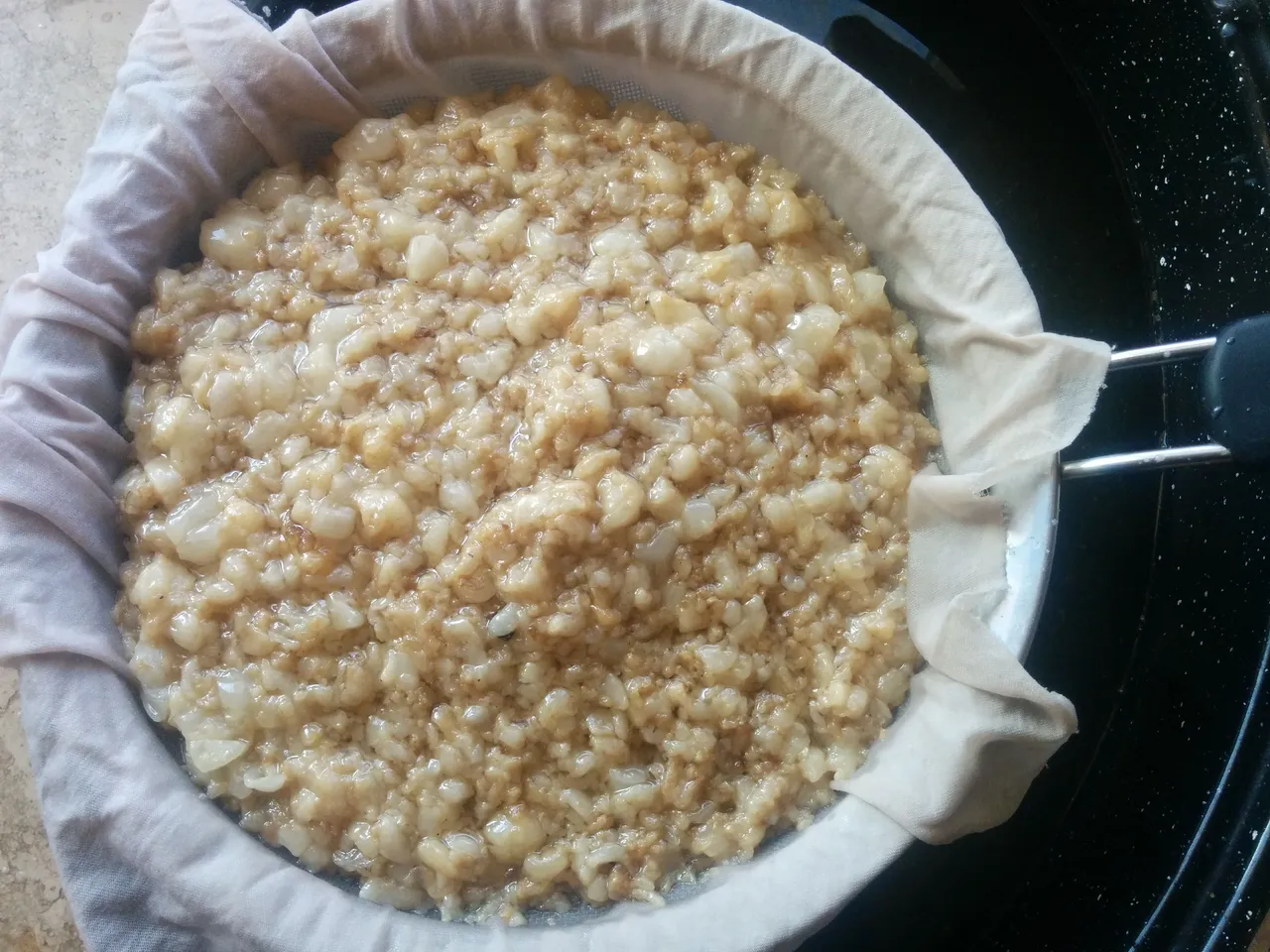
The tallow was poured off into mason jars and allowed to cool.
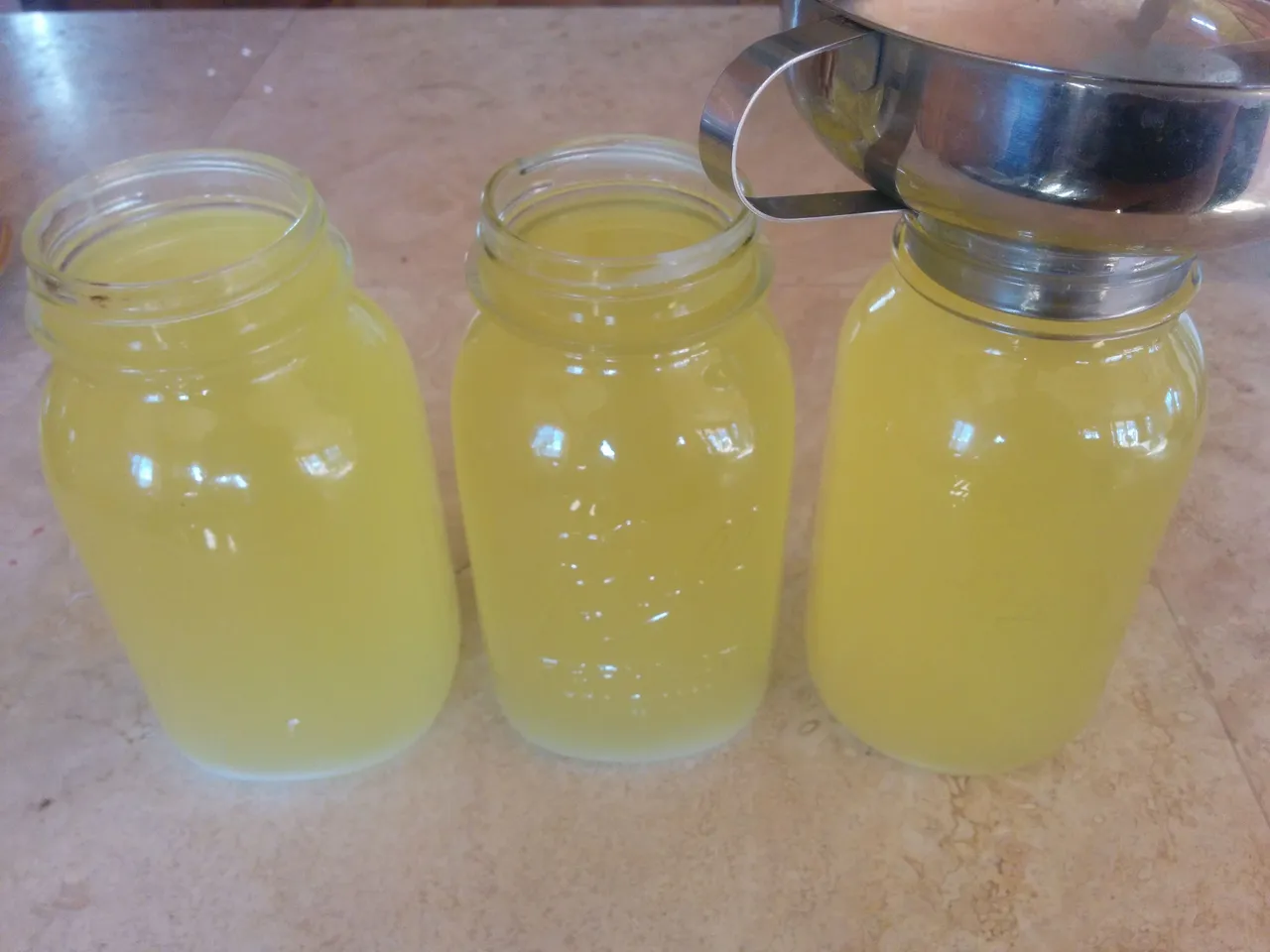
Out of 8.4 lbs of stomach/intestinal sheep fat I gained 3 quarts (pictured) plus another 3/4 cup or so (not pictured) of the final pour that had some sediment in it. Not bad!!
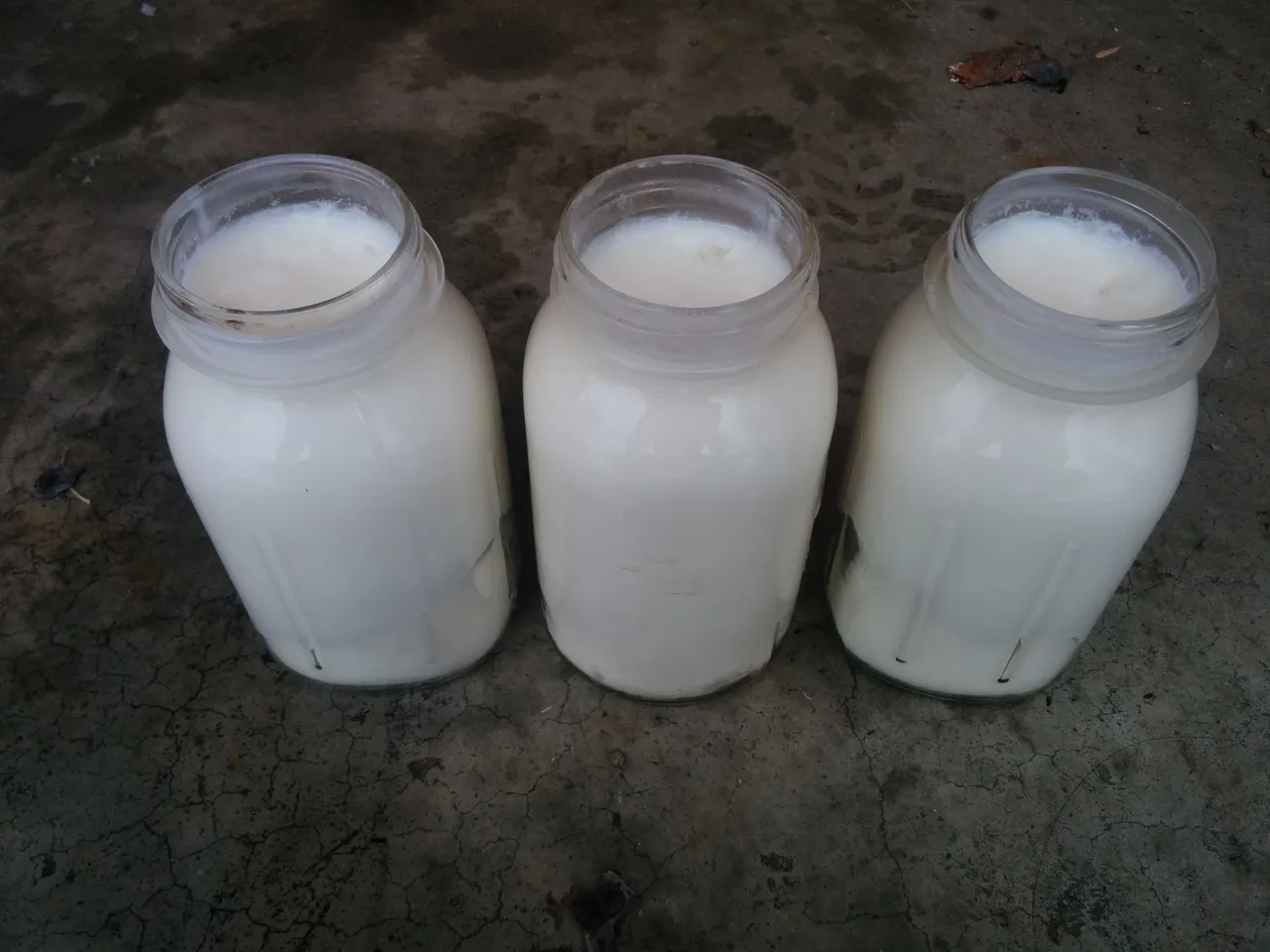
The resulting tallow in that last pour with some sediment smelled a bit like sheep fat, so I think I'll use it to add a layer of waterproofing to my leather insulated winter gloves. The main 3 quarts of tallow don't smell like sheep at all. I gave one away as a gift to family and the other two I will save for cooking/frying my food.
Interesting Observations
- The sheep tallow cooled and solidified WAY faster than the pig lard
- While I was cleaning up I noticed that the sheep tallow was much more resistant to soap and hot water and was harder to wash off my kitchen wares and my hands
- Because my hands were so well moisturized and supple even after washing them with soap, I am thinking that sheep tallow would be excellent as either a base or an additive in my herbal salves. I'll be testing this theory out in my upcoming salve making.
- I have done some cooking with the tallow and have not noticed any major flavor profile. I believe that it is much more subtle in flavor to pig lard. But I will be doing more cooking with tallow soon to confirm that.
I just found across this article on tallow uses which says that you can use sheep tallow for:
- Cooking
- Baking
- Leather Conditioner
- Gun Cleaning
- Skin Care [ @camomilla ]
- Soap Making
- Lubrication
- Candle Making [ @lebron2016 ] and Where Did Candles Come From [ @tamurah ]
- Fuel
- Motor Oil
- Treating Blisters & Skin Conditions
- Flux for Soldering
WOW!!! Incredible! I might have some more projects with tallow coming up than I originally realized.. Candles? Soap? Salves? Hmm... which one first :)